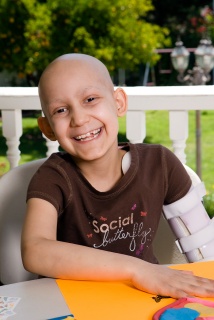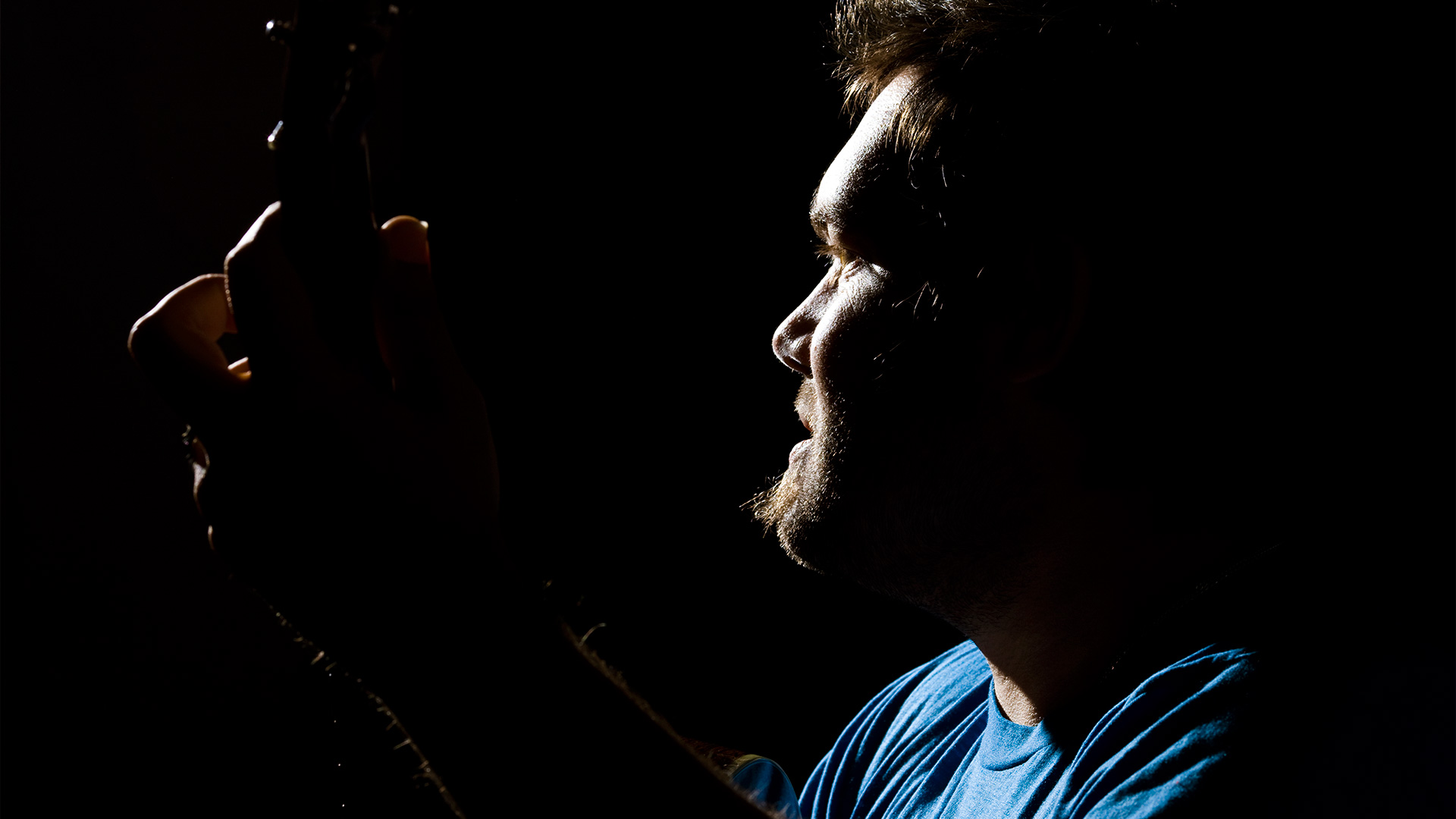Gratitude Envisioned
Photographer Bill Aron published an uplifting portrait book about cancer survivors.
• September 2015 issue
Photo book chronicles cancer and inspiration
An uplifting book about cancer? Sounds like challenge. And it’s what Bill Aron set out to create with his recently released “New Beginnings: The Triumphs of 120 Cancer Survivors.” The book catalogues the portraits and stories of 120 people who heard the words “You have cancer” and experienced life-altering positive personal growth as a result.

Professional Photographer: What inspired the project?
Bill Aron: I was diagnosed with cancer at a time when there was nothing positive out there. I was at a support group and someone was talking about how their life had changed and ended up saying something to the effect that cancer is the best thing that had happened to him. I just about fell off my seat. It was a totally new concept to me. I had never encountered that before, but it served to open me up. As I began to speak to other people about their experiences, a theme emerged that cancer had inspired people to find the best in themselves.
PP: How did you begin the series?
Aron: I was due for a new photo project, and I wanted to see whether this would be a good project without having a concrete idea of what I was going to do. I asked a few [cancer survivors] if I could interview and photograph them to see what happened. The very first interview was cathartic. We both wound up crying, and we both wound up feeling like we had found a long lost brother. It took 2 to 3 hours to interview him, and then I asked him how we could do a photograph that would represent what he was feeling. And then that became the starting point. I came home feeling like that would be a great format—an interview plus the photography.
PP: How did you find subjects?
Aron: I wanted to skew the project to younger people, so I went on the Internet and found a group called Planet Cancer, which is for people under 40 who are diagnosed with cancer. I read through their online discussions and made a list of people I would really like to get to know and I started to contact them. I told them exactly what I wanted to do and asked if they were interested, and 95 percent were.
PP: What makes the book unique?

Aron: The book is unique because it’s not a book about the disease. It’s about the individuals who are diagnosed and the psychological states they go through, though I still consider it a portrait book. I have a Ph.D. in sociology, and in sociology there is a concept called participant observation, where the sociologist who is studying the group joins the group and becomes a part of it and studies it that way. I’m a participant documentary photographer because I am very much a part of these people’s lives.
PP: How did you decide on the right setting and posing for each portrait?
Aron: Variety was very important to me. There are famous photo books where every picture is the same—the same lighting and lens—and I didn’t want that. To me that is boring, even though some of the greatest photographers have done it. I believe each of the decisions you make in doing a portrait has an emotional equivalent. The lens you choose, the distance, the background—that all contributes to the feeling. And I tried to portray a consistent theme of hope and celebration of having lived, having gone through a life-threatening situation and lived.
PP: Tell me about one of your favorite portraits in the book.
Aron: Rabi Ed Feinstein. His was a profound interview. He said to me, “The way to healing is to balance the loss and fear and rage with a sense of gratitude; when those balance we are whole whether or not we are cured.” I mean, his whole interview was like that—jaw dropping. I asked him what he would like to do for the portrait and he said, “I like teaching kids.” So we hijacked a class in his school and at first they looked very bored. Then I said, “Are you ready?” I said, “Kids, climb onto Rabi Feinstein,” and he just cracked up and thought that was terrific. They have that portrait up in his synagogue.
Amanda Arnold is the associate editor of Professional Photographer.




